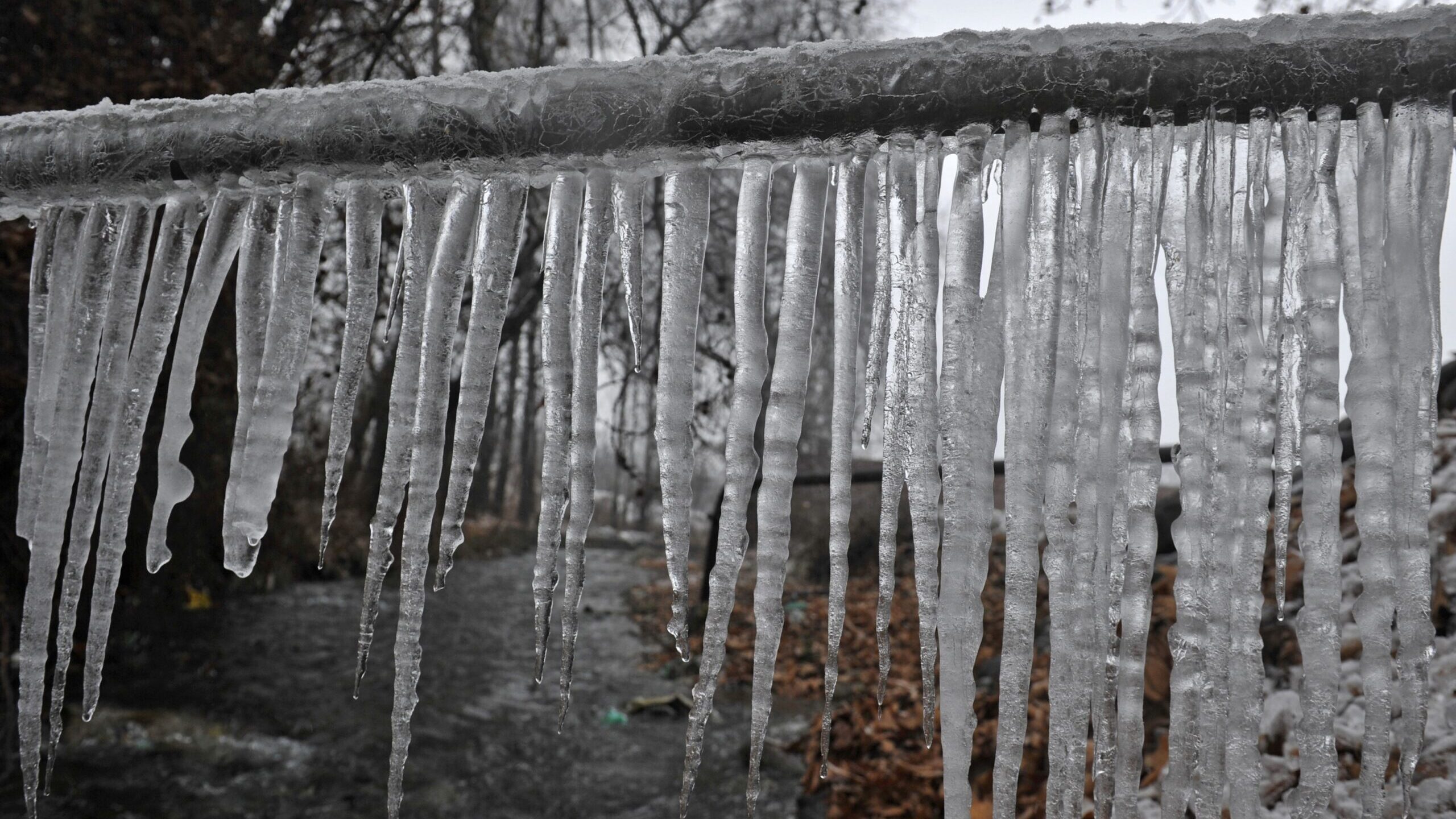Crucial Advice to Prevent Frozen Pipes in Winter
Crucial Advice to Prevent Frozen Pipes in Winter
Blog Article
Have you been looking for know-how involving Preventing and dealing with frozen pipes?

Cold weather can wreak havoc on your pipes, specifically by freezing pipelines. Right here's exactly how to prevent it from happening and what to do if it does.
Intro
As temperature levels drop, the threat of frozen pipelines rises, possibly causing costly fixings and water damages. Understanding just how to prevent icy pipelines is vital for home owners in cold climates.
Prevention Tips
Insulating at risk pipelines
Cover pipes in insulation sleeves or utilize warm tape to safeguard them from freezing temperature levels. Focus on pipes in unheated or external locations of the home.
Heating techniques
Keep interior spaces adequately heated up, particularly locations with plumbing. Open up closet doors to allow warm air to flow around pipes under sinks.
Exactly how to determine icy pipes
Look for decreased water circulation from taps, unusual smells or sounds from pipes, and noticeable frost on subjected pipes.
Long-Term Solutions
Architectural modifications
Consider rerouting pipelines away from exterior wall surfaces or unheated areas. Include extra insulation to attic rooms, cellars, and crawl spaces.
Updating insulation
Invest in premium insulation for pipelines, attics, and wall surfaces. Appropriate insulation aids keep consistent temperatures and reduces the threat of icy pipes.
Shielding Exterior Plumbing
Garden hoses and exterior faucets
Separate and drain pipes yard hoses prior to winter season. Set up frost-proof faucets or cover outdoor taps with insulated caps.
Comprehending Frozen Pipelines
What triggers pipes to ice up?
Pipes ice up when revealed to temperature levels listed below 32 ° F (0 ° C) for extended durations. As water inside the pipes freezes, it expands, taxing the pipeline walls and potentially triggering them to rupture.
Dangers and problems
Frozen pipelines can result in water supply disturbances, building damage, and pricey fixings. Ruptured pipelines can flooding homes and cause comprehensive architectural damages.
Signs of Frozen Piping
Determining icy pipes early can prevent them from rupturing.
What to Do If Your Pipelines Freeze
Immediate activities to take
If you suspect frozen pipes, keep faucets available to soothe stress as the ice melts. Utilize a hairdryer or towels soaked in hot water to thaw pipes gradually.
Final thought
Protecting against icy pipes needs positive actions and quick reactions. By recognizing the reasons, indicators, and preventive measures, house owners can shield their pipes throughout cold weather.
5 Ways to Prevent Frozen Pipes
Drain Outdoor Faucets and Disconnect Hoses
First, close the shut-off valve that controls the flow of water in the pipe to your outdoor faucet. Then, head outside to disconnect and drain your hose and open the outdoor faucet to allow the water to completely drain out of the line. Turn off the faucet when done. Finally, head back to the shut-off valve and drain the remaining water inside the pipe into a bucket or container. Additionally, if you have a home irrigation system, you should consider hiring an expert to clear the system of water each year.
Insulate Pipes
One of the best and most cost-effective methods for preventing frozen water pipes is to wrap your pipes with insulation. This is especially important for areas in your home that aren’t exposed to heat, such as an attic. We suggest using foam sleeves, which can typically be found at your local hardware store.
Keep Heat Running at 65
Your pipes are located inside your walls, and the temperature there is much colder than the rest of the house. To prevent your pipes from freezing, The Insurance Information Institute suggests that you keep your home heated to at least 65 degrees, even when traveling. You may want to invest in smart devices that can keep an eye on the temperature in your home while you’re away.
Leave Water Dripping
Moving water — even a small trickle — can prevent ice from forming inside your pipes. When freezing temps are imminent, start a drip of water from all faucets that serve exposed pipes. Leaving a few faucets running will also help relieve pressure inside the pipes and help prevent a rupture if the water inside freezes.
Open Cupboard Doors
Warm your kitchen and bathroom pipes by opening cupboards and vanities. You should also leave your interior doors ajar to help warm air circulate evenly throughout your home.

As a keen reader on Preventing and dealing with frozen pipes, I figured sharing that article post was a great idea. So long as you appreciated our post please consider to share it. We appreciate reading our article about How To Avoid Freezing Pipes.
This Resource Report this page